Point and click photography gets boring? If you are in the mood for some experimenting with analog film, try a 3d printed pinhole camera. They even come in various sizes.
Are you ready to step into the history of photography? Back to the roots, to the beginning of the art of capturing images? Are you willing to learn, maybe get frustrated at first, but then be rewarded with great pictures and profound knowledge of photography itself?
It’s Around Longer Than Film: The Camera Obscura

Everyone who devotes itself to photography probably wants to shoot on real film at some point. It’s just not the same thing emulating film effects in Lightroom and Photoshop. Pictures taken on film have a different feel to them. You can’t just “spray and pray”, point your camera at something, press the shutter for a few seconds and then sort out 100 pictures and get one decent image. You have to think about the result you want to achieve first. Once you are forced to shoot the photo in your mind first, you will begin to think different when going out shooting. Even with your digital camera.
The simplest film cameras you can get are Pinhole cameras. A pinhole camera is derived from the “camera obscura”, one of the earliest forms of something close to photography as we know it.
It’s principle is pretty easy. Take a black box, and put a tiny hole in the middle of one side. On the opposing side, an upside down image is then projected. The principle even works on big scale, so you can turn a whole room into a camera obscura. Sounds confusing? National Geographic has a nice video where they transform one room into a giant pinhole camera.
A Choice for 3D Printed Pinhole Cameras For You
Once you understand the principle, all you need is a 3D printer and some film. Which 3D printed pinhole camera you build depends mainly on the type of film you want to use. Thingiverse user Schlem has designed a whole collection of different 3D printable pinhole camera models. His mission is to share and promote open source cameras and related parts, created with CAD applications and 3D printing.
If you want to support his work, you can also buy a readily assembled 3D printed “terraPin” pinhole camera for $89.99.
Schlem prints all of his camera in black ABS on a Printrbot Plus at 0.25 mm, 2 perimeters, 40% infill (tripod mounts at 70% infill): “I found that two perimeters gave me consistent infill, ergo better strength, but 3 perimeters generated interior voids in some walls that might bend and crack. Cracks = light leaks = bad.”
The Pinhe4d P4 For 35 MM Film
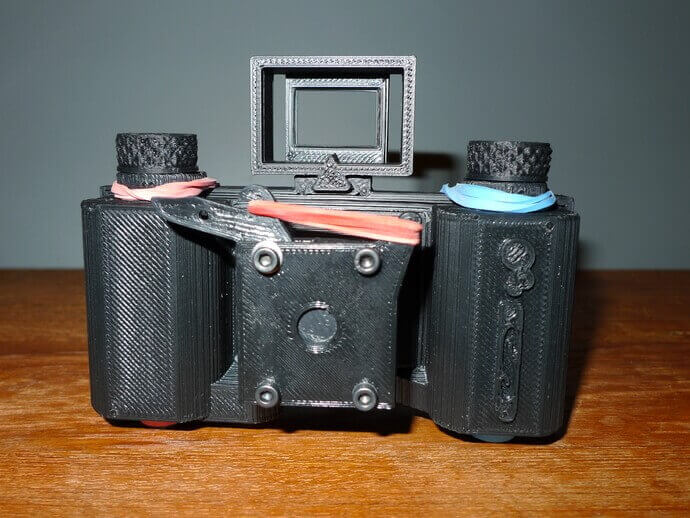
The Pinhe4d (P4) is a 3D printed pinhole camera which produces impressive results you can see here. It uses 35mm film, the standard film rolls you still can get and develop in most drug stores. Another beautifully designed 35mm film pinhole (shown above) is a bit more minimal in style, so for the ones focusing on the look while photographing, this looks a bit less DIY.
The Pinh5ad P5 for Medium Format

The Pinh5ad is made for 4×5-inch film, which will end up costing you about $5 per image. You’ll need to find a used 4×5 film holder though (they are usually sold on eBay), I wonder why there’s no working DIY option available yet. The result is worth it: See some pictures taken with the P5 on flickr.
The P6*6 120 Pinhole Camera for Medium Format
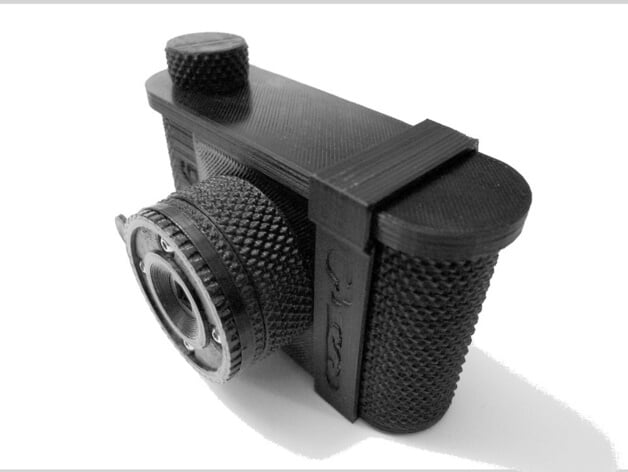
The P6*6 120 Pinhole Camera shoots medium format film just like its brother, the P6*6 W (the W is for wide angle). The P6*6 has a 50mm focal length with a 0.30mm pinhole and a f-stop of f/167 with a 62 degree field of view. The wide angle version is made for a 0.26mm pinhole, offering 35mm and an f-stop of 1/35 with a 77.4 degree field of view from the far left to right.
The Terrapin For 120 Film
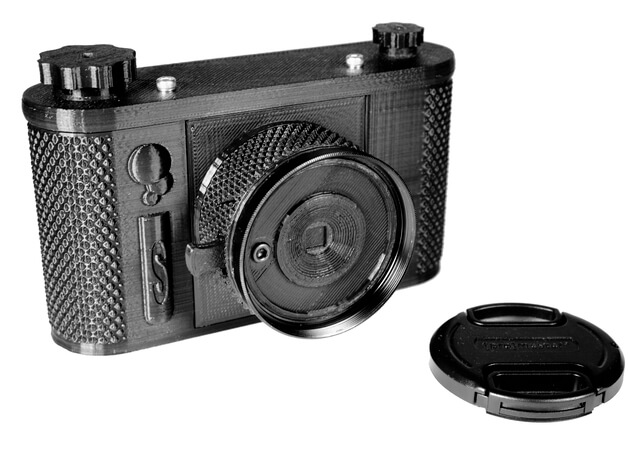
Schlem’s most recent model, which he also sells like mentioned before, is also the most technical advanced. It profits from years of development of 3D printed pinhole cameras. terraPin, a 3D printed 120 film 6×6 pinhole camera, has a tripod mount and got a lot of attention to detail. Just know that the terraPin is a great pinhole camera you can 3D print and assemble on your own in no time. If you want to shoot 6×9 pictures, you can do that also with the 3D printable terraPin 6×9 120 film camera.
It also features customization options with multiple knob designs, or the possibility to use it in a left-handed version also. And you can print in on most printers because it has a small footprint on a 3D printers print bed.
Be sure to flick through the pictures made with the 3D printed terraPin on Flickr.
The TerraPin Kaiju for 6×18 Film
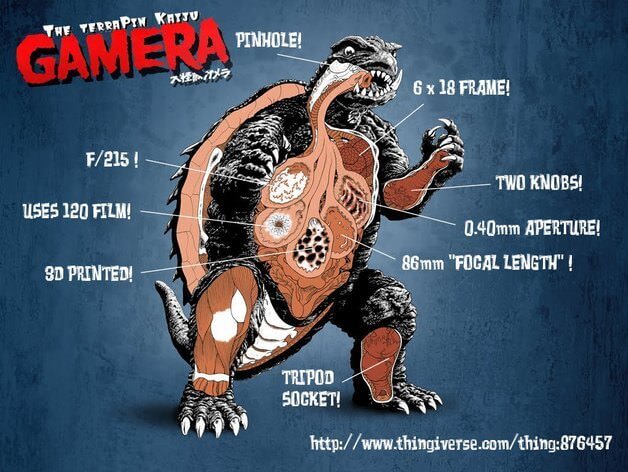
Last but not least, here’s a real monster of a camera: the terraPin Kaiju 6×18 Pinhole Gamera. You can see a the camera depicted on the main image of this article.
Kaiju (怪獣) is a Japanese word that literally translates to “monster,” and Gamera, a rocket-powered flying turtle beast, was and remains the favourite Kaiju of Schlem, who is obviously a huge fan of Japanese culture to devote this f/215, 86mm camera with a field of view of 116.5 degrees to it.
A few last tips for pinhole photography with analog film in general: You have an incredibly slow aperture, so you should consider using a tripod for the long exposures you’re forced to make. And it’s vital no light leaks in the camera body. Some black gaffer’s tape or black velvet may help if you experience any.
Pinhole Cameras For Canon And Nikon
For avid photographers who got a DSLR at hand, but want to experiment with the pinhole look, the 3D printed Canon EF pinhole, and the pinhole for Nikon F-mount are available. Maybe you don’t want to always film… anyhow it’s practical to photograph with a pinhole while having all the advantages of digital photography.
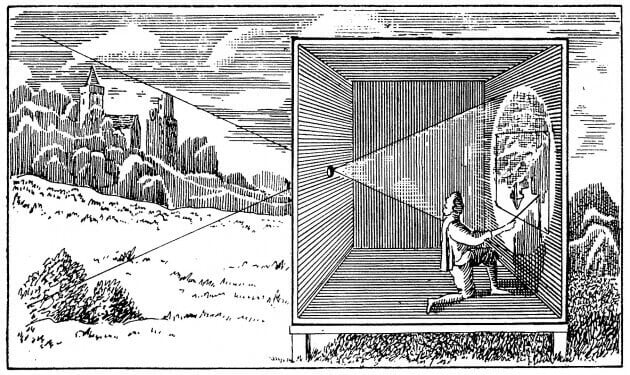
License: The text of "3D Printed Pinhole Camera: Get Ready to Experiment" by All3DP is licensed under a Creative Commons Attribution 4.0 International License.